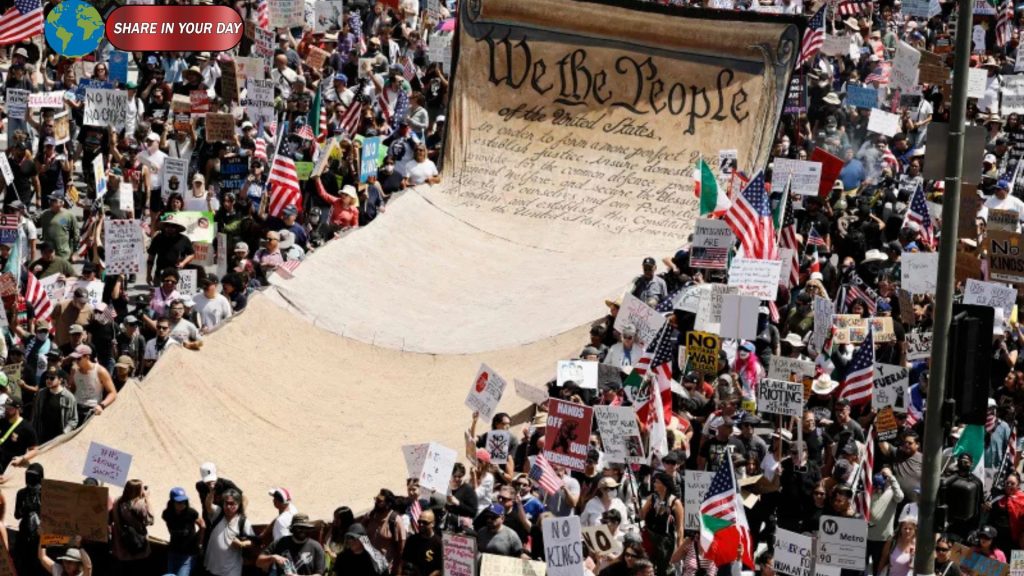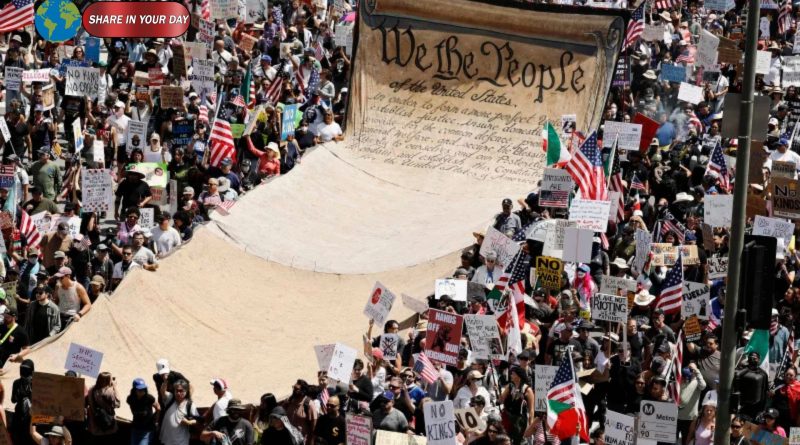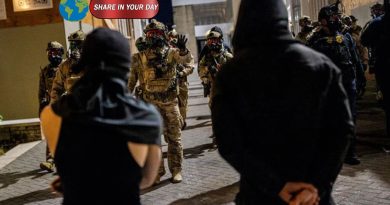From Streets to Slogans: What “No Kings” Means Today
The slogan “No Kings” draws on a long tradition of resistance against concentrated power. But in today’s context, it has been reshaped to target perceived threats from populist leaders, authoritarian policies, and executive overreach. Protesters have embraced it at demonstrations near Trump rallies, school board meetings, and in public squares across several states.
Many participants do not position themselves as partisan activists. Instead, they argue their motive is principled: to defend democratic norms and challenge unchecked executive power.
Trump Rallies Draw Counter-Demonstrations
As Trump’s campaign intensifies — hotly covered media events, sailing through key states, drawing thousands to his events — “No Kings” protesters have organized counter-marches in cities where the former president holds rallies. In many cases, the protest groups arrive early, carry bold signs, and aim to present a unified message: no one is above the law.
At some Trump events, tension has escalated. At others, protesters are staged blocks away, not directly confronting attendees. The intent varies: disruption, visibility, or simply protest presence. Law enforcement in several cases maintains a physical barrier between rallygoers and protestors, seeking to contain conflict.
Frustration, Fear, and the Deepening Divide
Participants in the protest movement cite a range of concerns: erosion of institutional checks and balances, aggressive executive orders, attacks on free press, and perceived elder statesmen being treated as infallible. One of their fears: that the U.S. could spiral toward autocracy.
On the other side, many Trump supporters view the protests as hostile, disruptive, or even anti-American. Some see them as orchestrated by media elites, liberal funders, or fringe groups seeking attention. The narrative battle is just as fierce as the physical presence.
Risks, Challenges, and What’s at Stake
This new protest wave faces several challenges:
Fragmentation. Unlike earlier organized movements, “No Kings” lacks a central leadership structure. That decentralization fuels flexibility but limits coordination.
Messaging clarity. Condemning “unchecked power” is broad. Some participants worry the slogan is too vague or easily misinterpreted.
Escalation concerns. As tensions rise, there’s risk of violence or property damage — which would undermine protest legitimacy and draw blowback.
Media framing. How news outlets portray these clashes can tilt public perception. If coverage emphasizes disruption over motive, the movement could be dismissed.
At stake is not just who dominates the headlines, but whether norms and systems built to restrain power survive intact. As the U.S. heads toward future elections, the balance between activism and violence, protest and respect for rule of law, will weigh heavily.
Looking Ahead: Can “No Kings” Sustain Momentum?
Whether the “No Kings” protests evolve into a coherent political force or ultimately fade as episodic happenings depends on several factors: their capacity to turn grassroots energy into sustained organizing; their ability to translate slogans into concrete policy demands; and whether they can withstand backlash or co-optation.
What’s clear is that the slogan has tapped into a vein of dissatisfaction — a yearning for guardrails, institutions, and accountability. In a deeply divided moment, one message resonates: even the most powerful leaders are subject to the rules of democracy





